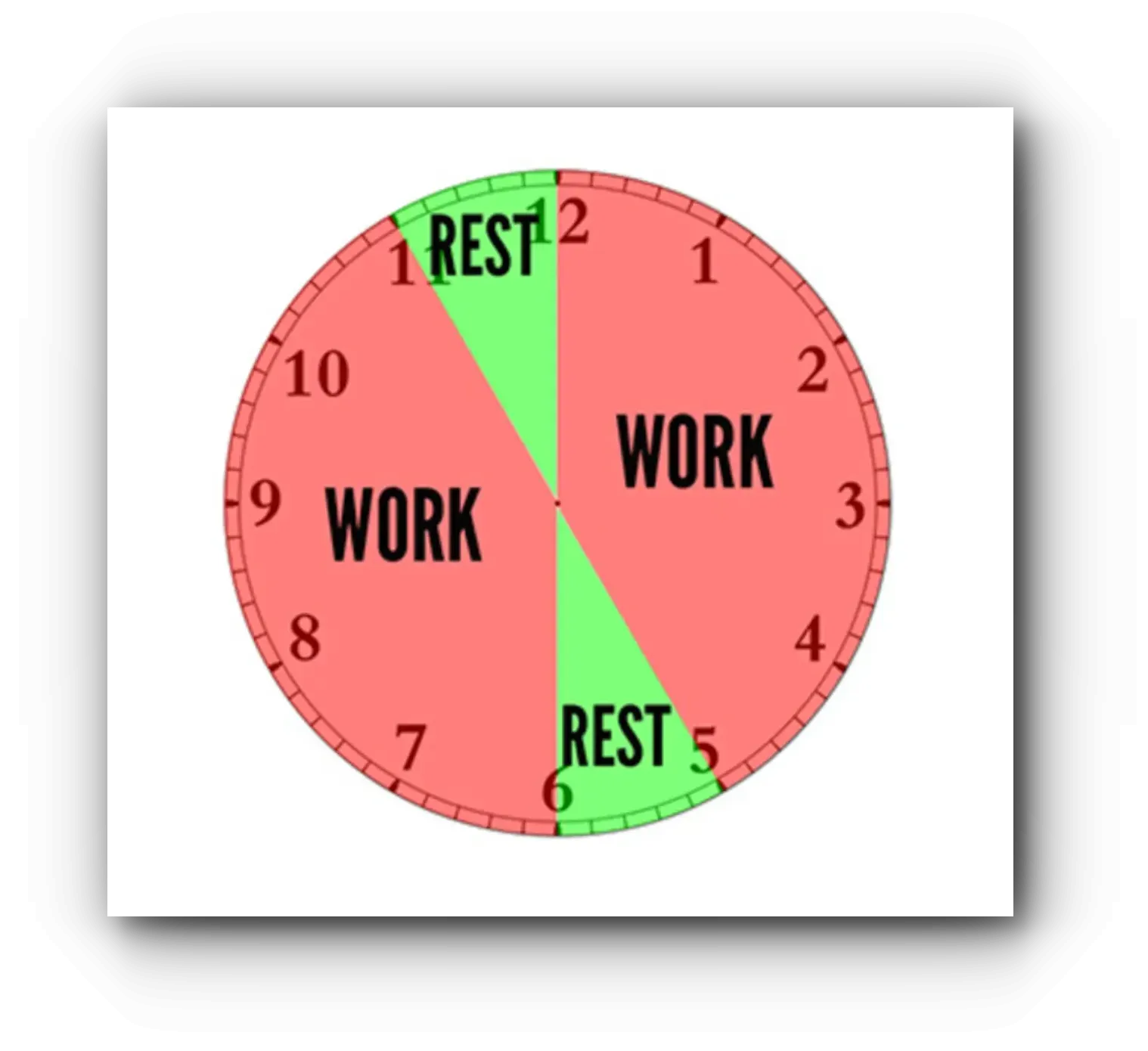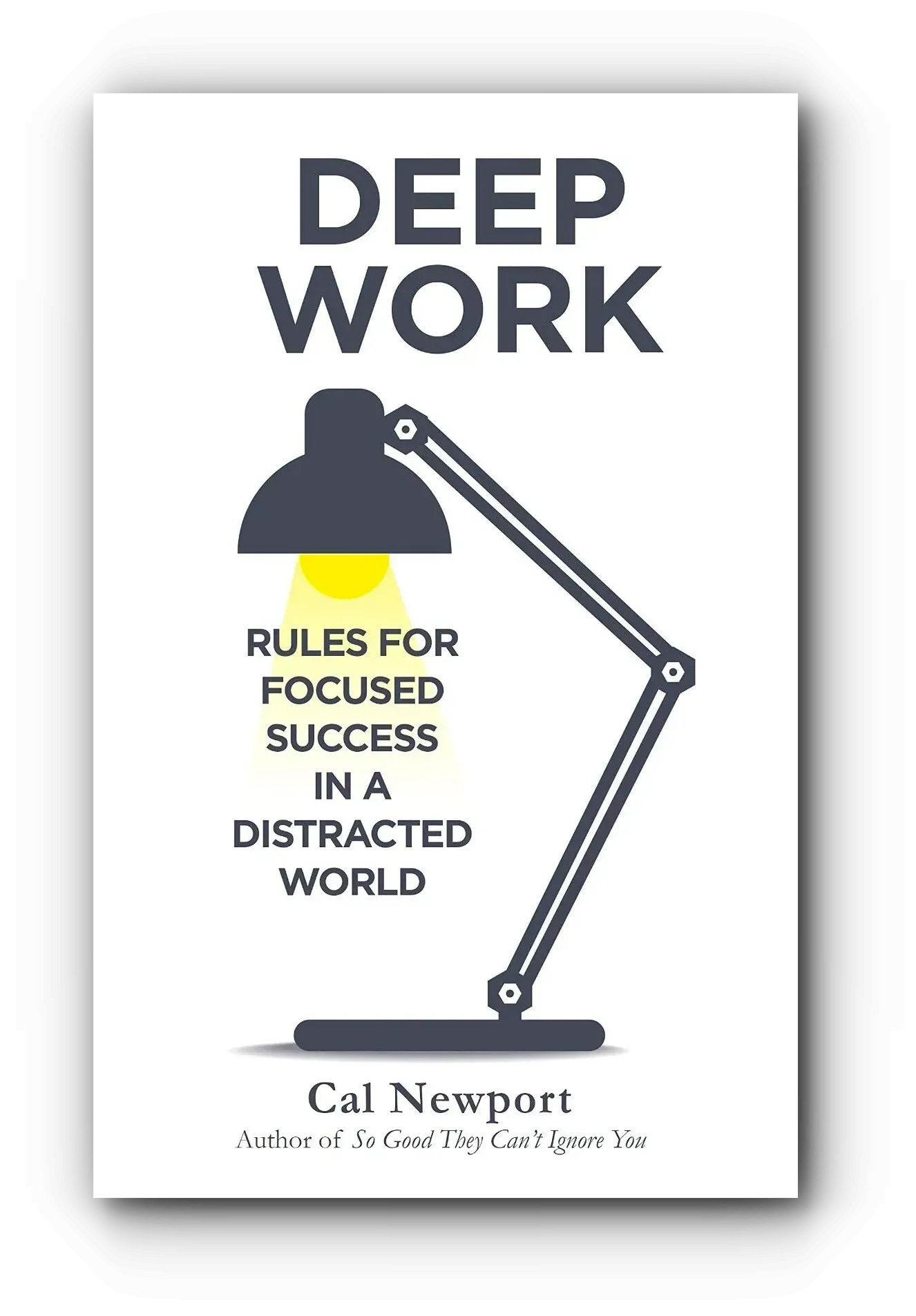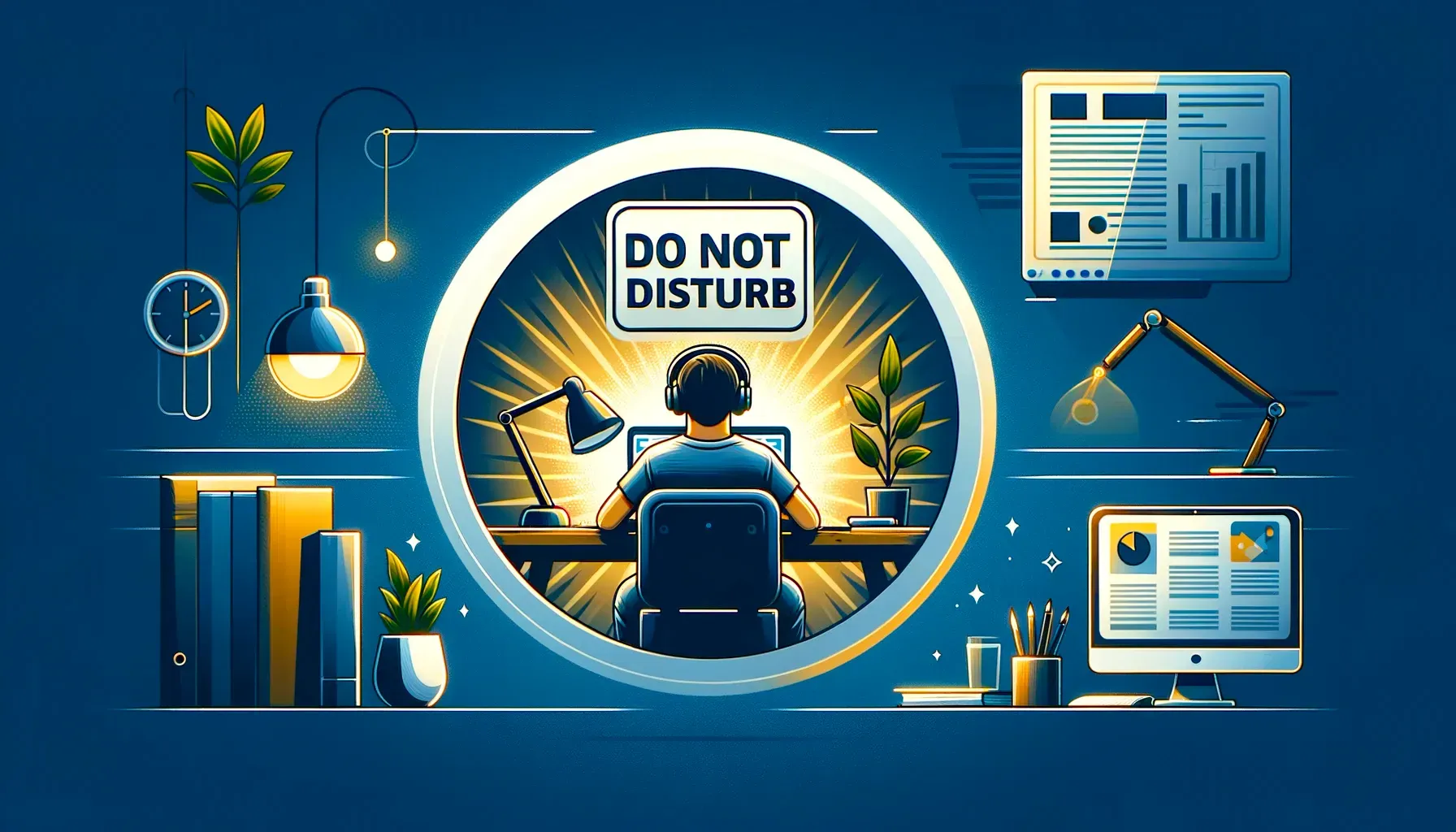Both Pomodoro and Deep Work are techniques for time management and improving concentration. Interestingly, these two techniques have conflicting characteristics. The Pomodoro technique is suitable for short-term focus, while Deep Work is advantageous for long-term concentration.
Just as the saying goes "don't trust all-purpose glue," Pomodoro is like a "butcher's knife" while Deep Work is like a "sashimi knife." Of course, you can slice sashimi with a butcher's knife or butcher cattle with a sashimi knife, but understanding the special characteristics of each technique can improve the efficiency of time and concentration enhancement.
This article introduces which technique to apply in what situations and the pros and cons of each.
Pomodoro Technique Introduction

I wrote about Pomodoro 5 years ago.
Pomodoro Technique - KENDRICK'S BLOG
To summarize, "Pomodoro" refers to the 'Pomodoro Technique'. This is a time management method developed by Francesco Cirillo in the late 1980s. The core of this technique is to focus on work for 25 minutes and then take a 5-minute break repeatedly. Each 25-minute work period is called a 'Pomodoro', which means 'tomato' in Italian. This name came from the tomato-shaped kitchen timer that Cirillo used.
The Pomodoro technique helps maintain concentration through short breaks and reduces fatigue from long work periods. This method is popular among various people including students, professionals, and creators.
Deep Work Introduction

This is also known as 'Do Not Disturb' work.
"Deep Work" is a concept presented by Cal Newport in his book of the same name. Deep Work means performing deep and concentrated mental work free from attention-distracting elements. This concept is important for knowledge workers who need creativity and complex problem-solving abilities.
Deep Work characteristics include:
- Concentration: Complete immersion in work while minimizing external distractions.
- Efficiency: Maximizing work efficiency through high concentration.
- Value Creation: Performing complex and valuable work to produce high-quality results.
- Skill Improvement: Deep work requires high-level skills and expertise, improving personal capabilities through this.
To practice Deep Work, environmental setup, time management, and self-discipline are necessary. For example, removing distracting elements, setting clear goals, and immersing in work only for set periods. This practice promotes the deep thinking necessary for solving creative and complex problems.
In the book 'Indistractable', author Nir Eyal recommends creating an environment that receives minimal notifications from surroundings. Especially in this tempting era, the author recommends turning off email and Slack notifications, and even wearing a simple regular watch instead of a smartwatch to avoid seeing phone lock screens.
Pros and Cons Comparison
The Pomodoro technique and Deep Work are different time management and concentration improvement methods. Let's look at the characteristics, pros and cons, and suitable situations for each method.
Pomodoro Technique
- Characteristics: Repeat cycles of 25 minutes focus followed by 5 minutes rest.
- Pros:
- Easy to maintain concentration with short work periods.
- Regular breaks reduce mental and physical fatigue.
- Pressure to complete work within short periods contributes to increased productivity.
- Cons:
- May be unsuitable for work requiring deep concentration.
- Difficult to solve complex problems within the short 25-minute timeframe.
- Suitable Situations: Routine and simple tasks, when you need to handle multiple tasks in short periods, when it's difficult to maintain concentration.
Deep Work
- Characteristics: Deep concentration for long periods without distracting elements.
- Pros:
- Suitable for complex and creative work.
- Advantageous for long-term learning and skill improvement.
- Very high productivity and efficiency.
- Cons:
- Requires creating an environment free from interruptions for long periods.
- May require excessive preparation for routine tasks or short work.
- Suitable Situations: Complex projects or problem-solving, work requiring creative or strategic thinking, long-term learning or research.
When Is It Good to Use?
- Pomodoro technique is useful when handling multiple tasks in short periods or when you need to work while taking frequent breaks. It's suitable when it's difficult to maintain concentration or when you need to quickly handle routine tasks.
- Deep Work is suitable for work requiring complex and deep thinking. It's particularly useful for work like research, programming, writing, and design where long-term concentration is needed and the quality of results is important.
Both methods can help with effective time management and concentration improvement, but it's good to choose based on the nature of the work and personal preference. After using both techniques for a long time, they have conflicting pros and cons, so it would be good to judge well when to use a butcher's knife and when to use a sashimi knife.

In Why do programmers need private offices with doors? (Do Not Disturb), famous YC co-founder Paul Graham mentioned that there are two types of work in the world:
- Work that's okay to interrupt
- 'Do Not Disturb' work where interruption reduces productivity
Do Not Disturb work can increase proportionally to the square, where 2 hours of continuous work can produce 4 units of productivity, while 1 hour of work done twice can produce 2 units of productivity.
For work that's okay to interrupt, use the Pomodoro technique, and for Do Not Disturb work (like writing, coding), use the Deep Work method by putting on headsets and giving prior no-interruption signals to people around you before focusing on work.
JOMO not FOMO

The topic JOMO not FOMO covered in Basecamp's It Doesn't Have to Be Crazy at Work discusses the desirable attitude modern people should have. While not directly related to this article, I'm introducing it because I think the message is important.
FOMO (Fear of Missing Out): Represents anxiety or worry felt when not participating in or not knowing about activities happening around you or on social media. For example, regret when not being able to participate in friends' gatherings or envy on social media are examples of FOMO. People in their 30s can relate to conversations about whether they watched "Gag Concert" or "Finding Laughter" with friends at school during childhood.
JOMO (Joy of Missing Out): The opposite concept of FOMO, referring to the state of feeling satisfaction by enjoying time in your own way rather than being stressed about missing something. For example, valuing quiet time away from busy social life or treasuring time with yourself away from social media information overload.
Social media posts, email inbox notifications, group chat notifications in messengers, etc. - not checking these immediately usually doesn't cause major problems. Important matters usually come through direct phone calls, etc.
So let's practice JOMO instead of FOMO.
Conclusion
The purpose of using these techniques is to minimize time stolen by everything trying to grab my attention, not to neglect precious messages sent by people around me without reading emails and messengers. The goal should be to spend the time saved this way with family, friends, and acquaintances.
References
- https://blobstreaming.org/why-do-programmers-need-private-offices-with-doors-do-not-disturb/
- https://blog.sonim1.com/210
- https://blobstreaming.org/why-do-programmers-need-private-offices-with-doors-do-not-disturb/
- https://37signals.com/29
- https://www.linkedin.com/posts/nireyal_indistractable-behaviorchange-productivity-activity-6650731832486739968-XXY1/?trk=public_profile_like_view
